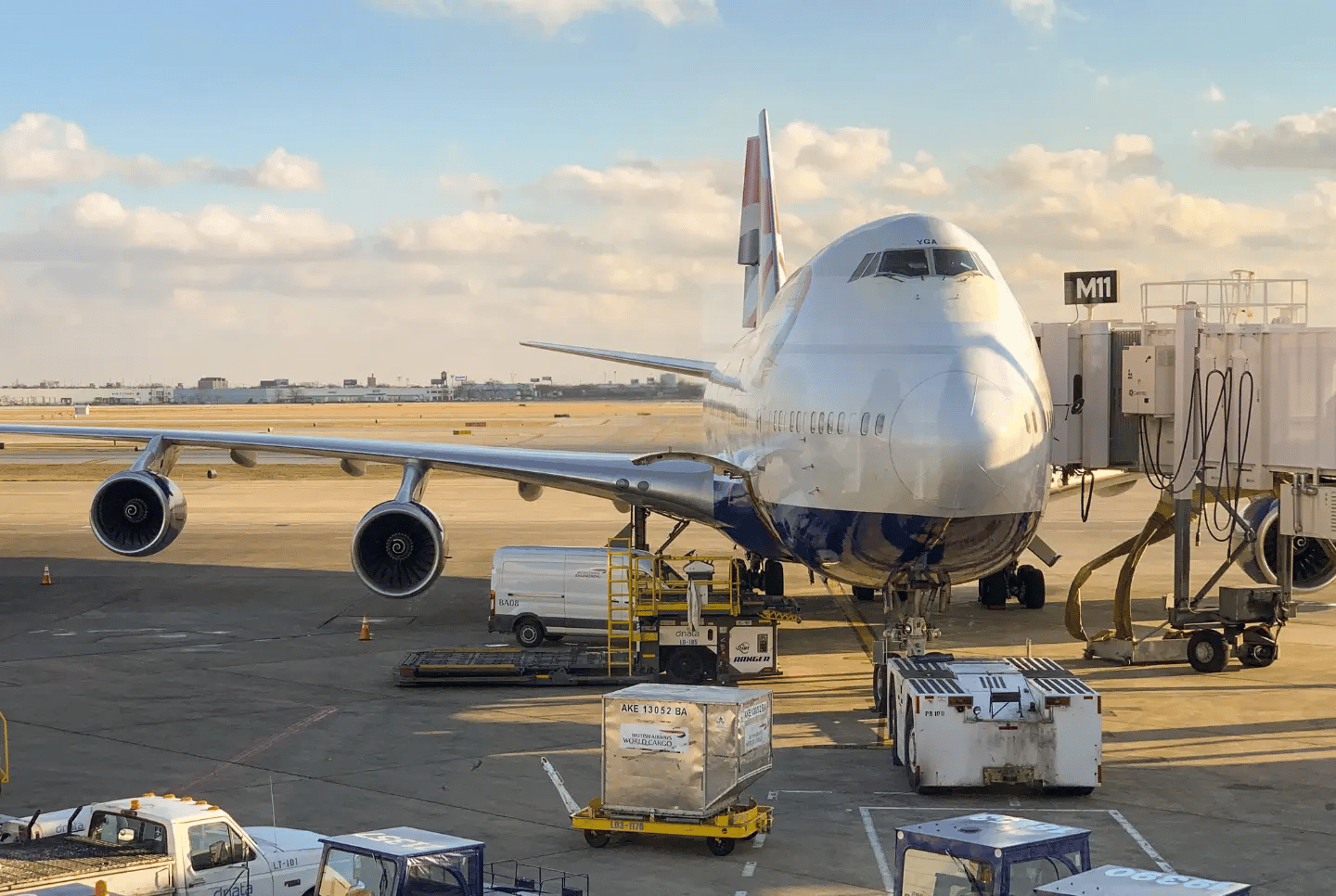
By Dan Boutin and Hasnain Millwala
I’ve been a pilot for 25 years, and there’s an acronym we use to describe the best flying day: CAVU. It stands for Ceiling and Visibility Unlimited (or sometimes colloquially, we say Clear Above Visibility Unlimited). It means there are no clouds and the weather is perfect for flying.
As retailers struggle to work through and around a myriad of supply chain issues, second-tier visibility becomes an even bigger issue.
When I think about what I want for my retail customers and their supply chains, it’s the same thing I want for myself when flying: total visibility.
What could CAVU look like for the retail supply chain?
The Modern, Multi-Tier Supply Chain
When we think about supply chain visibility, we usually mean “where’s my stuff?”
However, there is another kind of visibility I hear about every day when talking to our retail customers: second-tier supplier visibility.
Almost all shippers rely on multi-tier supply chains.
First-tier suppliers are partners you work with directly, whether that’s a manufacturing facility or a production partner. For a quick-service restaurant, the first-tier supplier could be the facility that makes your burger buns.
Second-tier suppliers are the companies that provide materials for your first-tier suppliers. In the fast-food example, your first-tier supplier (the burger bun bakery) might be relying on a second-tier supplier that has a unique flour blend they use to make the burger buns.
Third-tier suppliers are one more step removed. The company that makes the spice that goes into the unique flour blend would be a third-tier supplier.
How Second-Tier Supply Chain Visibility Impacts Logistics
Examples:
An apparel retailer relies on a first-tier supplier that is a factory that assembles dress shirts. The second-tier may include one or two major suppliers for cotton. The third tier supplier making the dyes relies on a fourth-tier supplier growing the plants used to make the dyes.
When something goes wrong with the crop used to make the dye, the shirt manufacturer has absolutely zero visibility into what went wrong or how it will impact production and inventory. All they know is that suddenly they can’t make red shirts and they don’t know when they will be able to start again. They may be in a scramble to find another supplier, but the time and revenue lost in that scramble is hard to recover.
Another example: a pet food manufacturer’s first-tier supplier is the factory that makes canned cat food. The second-tier supplier farms fish for cat chow. The third-tier supplier makes fish food for those fish. When labor shortages and supply chain congestion limit production of fish food, we don’t have anything to feed the fish that go into the cat food.
Supply Chain Visibility Affects Every Industry
There are endless examples. You don’t have to look far to see how supply chain issues are impacting every industry.
- The Ever Given blocked the Suez Canal, backing up traffic for six days.
- China closed the Yantian port due to a COVID outbreak, causing a 30% capacity drop
- Outbreaks in Vietnam shut down factories for more than 2 months and caused delays in apparel and footwear. Most notably, the Gap was impacted, blaming a company-wide decline in net sales of 1.3% on these supply chain issues.
- Coffee, natural vanilla, and cocoa have been impacted by climate change and supply chain issues.
- There’s also been a shortage of chicken wings, ketchup packets, tapioca flour (used in bubble tea), and oat milk.
- Ocean freight prices skyrocketed after increased demand in the U.S. led to a cargo-space shortage.
I could go on forever.
Fortunately, we can help.
How Can Chain.io Help?
We can’t prevent droughts or labor shortages or supply chain blockages.
What we can do:
- Enable better collaboration on Purchase Orders with a chosen supplier (first, second, third, fourth tier or beyond) and share status updates at every stage of the PO lifecycle, from initial transmission to final delivery and invoicing.
- Share forecasts with upstream suppliers so they know how much demand you’re likely to have, and they can plan accordingly.
- Provide real-time inventory visibility and transit time information by enabling inbound supply chain data. We can connect second- and third- tier suppliers with sourcing teams to allow the second-tier supplier to take responsibility for keeping items in stock.
- Reorder point management: Many companies are manually tracking stock levels to try to re-order items across more than thousands or tens of thousands of SKUs. We can extract reports and data and run them through one of our Chain.io platform connected partners who will be able to identify the best re-order points to streamline this process.
Learn how Chain.io is helping freight forwarders use real-time visibility data to compete and win in our new eBook.
Download the Free eBookTakeaway
Inventory outages and supply chain blind spots are likely affecting revenue and customer experience. Let us help connect you to the larger ecosystem of your suppliers, partners, and vendors so that key visibility data like arrival times and inventory levels is knowable and actionable.
After all, there’s no reason that CAVU can’t be just as popular with supply chain professionals as it currently is with pilots.
Book a Meeting With Us